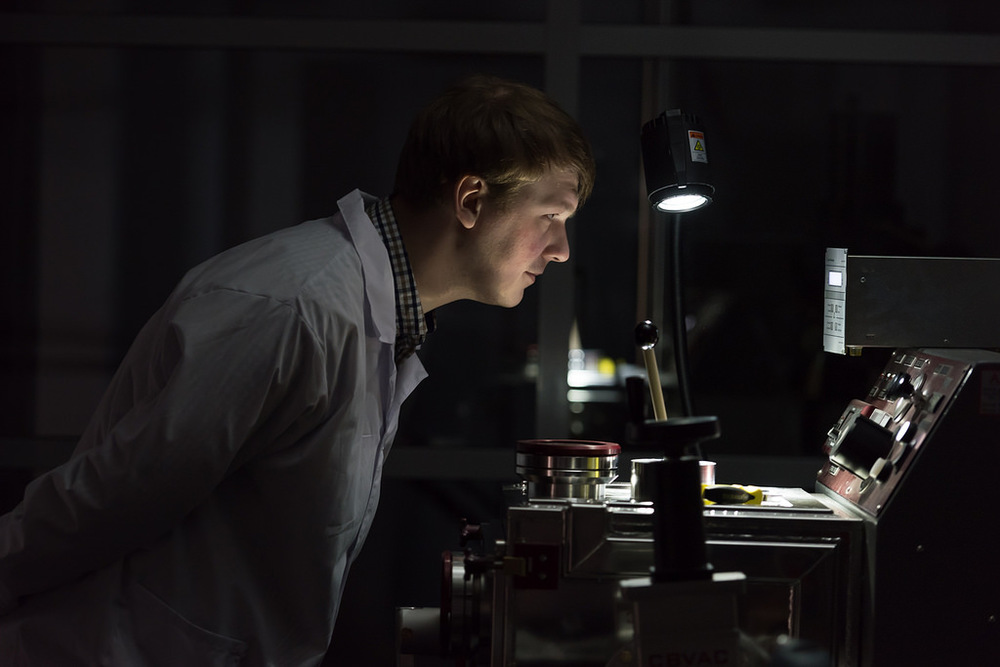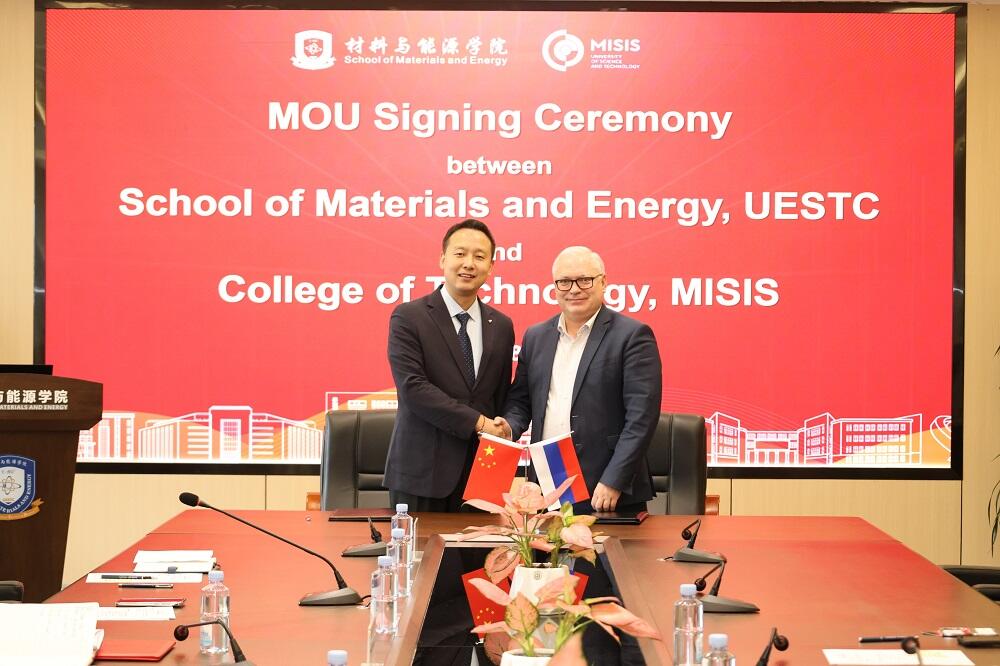In search of the perfect metallic glass—amorphous metal—scientists from NUST MISIS and Tohoku University (Japan) came together to revolutionize the production of nanometals and to improve several related technologies. The research results conducted by the international team of scientists led by Professor Dmitri Luzgin are published in Intermetallics.
Amorphous metals are often referred to as “materials of the future”. Due to an absence of crystal lattice they demonstrate unusual properties which have already found an application in transformer cores, various kinds of sensors, and heavy-duty composites, among other things. However, most amorphous metals are not only very firm, but also incredibly fragile. That is why, today, the production of composite materials by thermal crystallization has become the main premise for the world`s scientific works. The goal of this production is to obtain plastic materials. This has not yet been fully achieved, hence why the world’s scientific community is keenly interested in how crystallization happens: what phases are formed as a result of crystallization, what properties they possess, etc.
“We are in the process of such searches, and in the process of such searches, we are the first in the world to discover an interesting property of amorphous alloy based on aluminum: if we heat an amorphous alloy at a high speed, we get one material, but if we heat it at a low speed — we get [a different] material. This is highly unusual, since as a rule, there is no difference in the final products when changing the heating speed of metal glasses”, said Andrey Bazlov, researcher at the NUST MISIS Department of Materials Science of Ferrous Metals.
The occurrence of aluminum nanoparticles of a spherical shape in the process of rapid crystallization is a special feature of a new material. Their size is about 10 nanometers. Andrey Bazlov stated that this material is twice as hard as its “slow” counterpart, but at the same time it is just as fragile. However, in this case, that fact turned out to not be a negative.
The fact is nanoaluminiums (like many other nanoparticles) are usually obtained by complex methods: either by gas deposition or explosive dispersion. In any case, these are very energy-intensive processes.
“We prepare our material by classical metallurgical methods which require much less energy. In fact, [the method] is casting. It`s not quite a classic casting, but still casting, plus the usual heat treatment — annealing”, added Andrey Bazlov.
There is no need to create any new unique installations for the production of the new material. Today, it can be mass produced on an industrial-scale. The fragility of this material implies that it is easily destroyed, and the amorphous phase will be where it is easily broken, but the nanoparticles will remain complete. That is possible by placing the material in a conventional globe mill to extract the nanoaluminium in large quantities.
Such fundamental work, at first sight, may have a practical application. Nanoaluminium possesses several important features: when igniting, the exothermic (heat release) reaction begins at 660 degrees Celsius, although micron powder does not begin to react until 1000 degrees. The detonation rate of nanoaluminium is almost a third higher, and when adding it to rocket fuel, the rocket`s momentum increases by 70%. The same particle size is very important when using them as a basis for composite materials because it allows for more accurate control of the properties of the resulting substances. Additionally, like any other nanomaterial, it is very promising as a catalyst.
According to Bazlov, this technique can be applied to other amorphous aluminum alloys, leading to a number of new composites based on amorphous aluminum.



